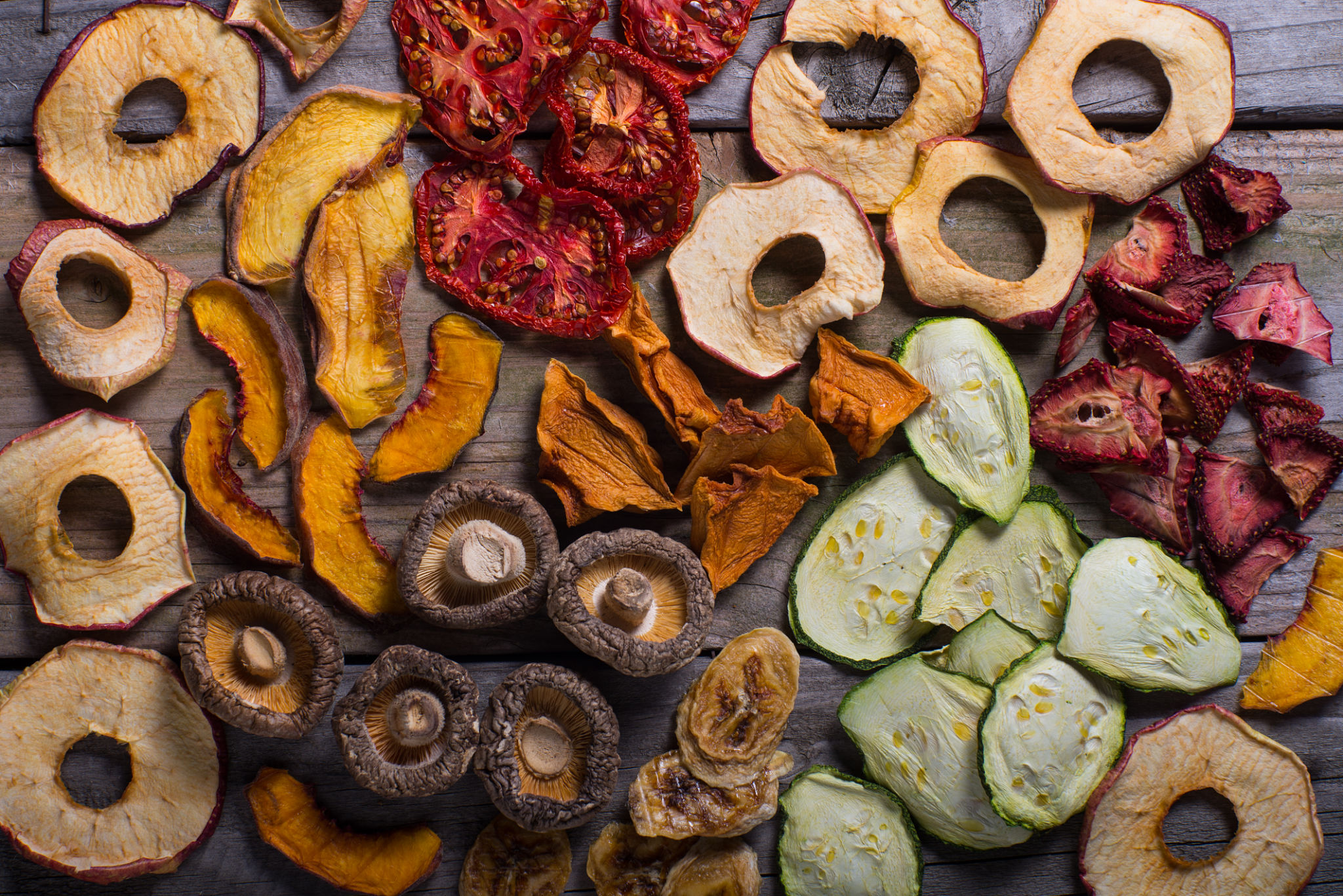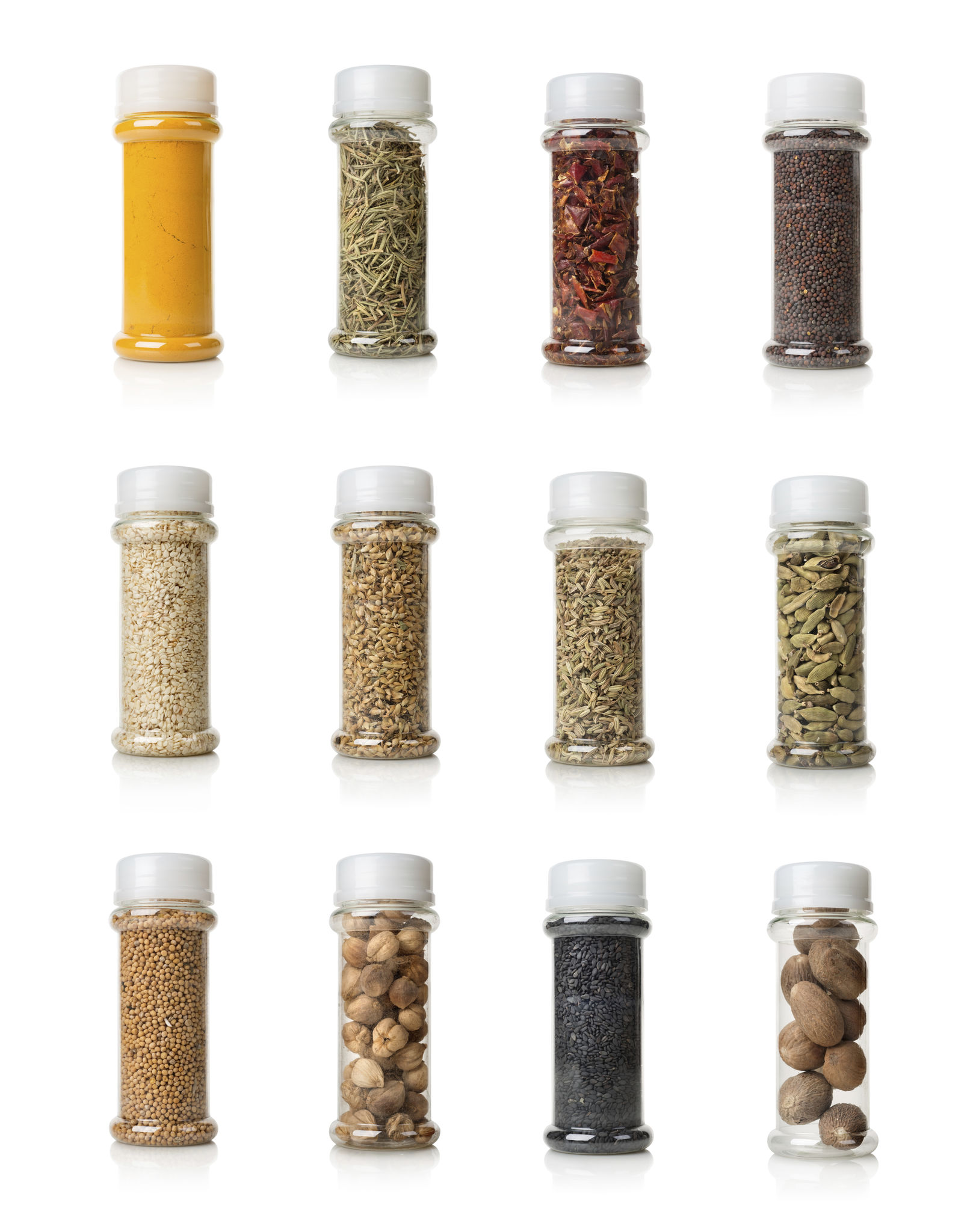Mastering Dehydrated Ingredients: Transform Your Home Cooking
In recent years, dehydrated ingredients have gained popularity as a convenient and versatile option for home cooks. These ingredients, which include dried fruits, vegetables, herbs, and even meats, offer a myriad of benefits. From extending shelf life to concentrating flavors, mastering the use of dehydrated ingredients can truly transform your cooking experience.
What Are Dehydrated Ingredients?
Dehydrated ingredients are foods that have had most of their moisture content removed through drying processes. This can be achieved through air drying, freeze-drying, or using a dehydrator. The removal of water not only helps in preserving the food for longer periods but also intensifies the flavors, making them a unique addition to your culinary toolkit.
These ingredients are lightweight and require minimal storage space, making them a favorite among campers and survivalists. However, their benefits extend beyond convenience. By incorporating dehydrated ingredients into your daily meals, you can enjoy a burst of flavor and nutrition without the hassle of fresh produce.

Benefits of Cooking with Dehydrated Ingredients
One of the primary advantages is the **extended shelf life**. Dehydrated foods can last for months, sometimes even years, without losing their nutritional value. This reduces food waste and ensures that you always have essential ingredients on hand.
Moreover, these ingredients are often more affordable than their fresh counterparts, especially when purchased in bulk. They offer a concentrated flavor profile, which means a small amount can go a long way in enhancing your dishes.

Rehydrating: Bringing Ingredients Back to Life
Rehydrating is a crucial step in using dehydrated ingredients effectively. To do this, simply soak the dried item in water or broth until it regains its original texture and form. The time required for rehydration can vary depending on the ingredient and the method used.
For instance, dried mushrooms may take just 20 minutes in warm water, while tougher meats might need to soak overnight. Once rehydrated, these ingredients can be used just like fresh ones in your favorite recipes.
Incorporating Dehydrated Ingredients into Your Meals
The versatility of dehydrated ingredients makes them a fantastic addition to a wide array of dishes. Use dried herbs to enhance soups and stews, add dehydrated fruits to baked goods for a sweet surprise, or incorporate dried vegetables into casseroles for added texture and flavor.
For those who enjoy experimenting in the kitchen, creating spice blends with dried herbs or crafting homemade instant meal kits can be an exciting project. By mastering these techniques, you can elevate your cooking and impress family and friends with minimal effort.

Tips for Storing Dehydrated Ingredients
Proper storage is essential to maintaining the quality and flavor of dehydrated ingredients. Keep them in airtight containers in a cool, dark place to prevent spoilage and protect them from moisture and light. Vacuum-sealing or using oxygen absorbers can further extend their longevity.
Labeling your containers with the date of purchase or dehydration is also helpful in managing your pantry efficiently. This practice ensures you use older items first, minimizing waste.
Conclusion: Embrace the Possibilities
Dehydrated ingredients offer an exciting opportunity to explore new flavors and cooking techniques. By understanding how to utilize them effectively, you can transform your home cooking into a flavorful adventure that combines convenience with creativity.
Whether you're a seasoned chef or a culinary novice, mastering dehydrated ingredients will undoubtedly enhance your kitchen repertoire. So, stock up your pantry and start experimenting with this versatile ingredient today!
